Petplan veterinary expert Brian Faulkner shares his advice and easy-to-follow steps for administering your dog's medicine without a fuss.
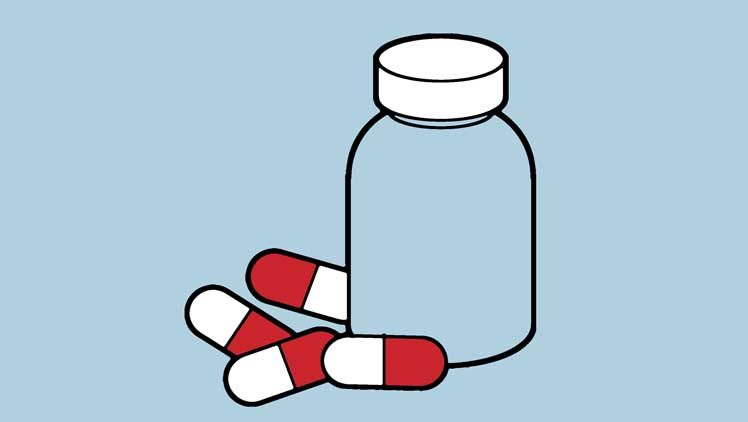
1. Follow the instructions
'The most important tip I can give all owners, is to take the time to read a medicine's instructions and follow them carefully,' Brian says. 'It may seem obvious, but your dog has been prescribed that type of medicine, with a predetermined dose and frequency, for a specific reason. To ensure your pet takes the right level to get well, or to keep a medical condition under control, it's vital that you follow the instructions your vet has given you.'
Once you’ve gone over the steps you need to follow (including how often and how much of the medicine to give), you can also prepare by getting yourself in the right frame of mind: ‘Try to stay calm and confident, so that your pet doesn’t pick up on your uncertainty and become more anxious or suspicious,’ Brian advises. Lastly, while administering the medicine, it’s best to isolate your dog from other pets or young children – that way you can be sure that only he has access to the full dose.
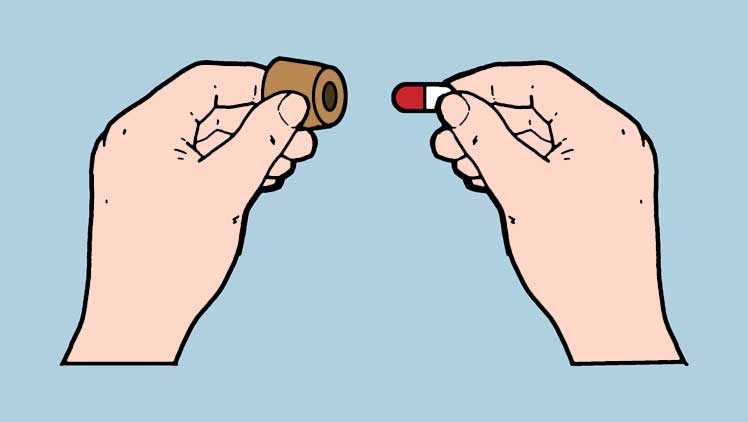
2. Turn it into a treat
If your dog has been prescribed tablets, your vet should be able to tell you whether it's OK to administer the medicine by mixing it into his food or hiding it in a treat. If you're unsure, play it safe by checking the instructions or giving your vet a call. Once you have the go ahead, Brian suggests then using a pill pocket.
'As dogs are generally used to taking treats from the hand, you can easily hide a tablet in a pill pocket - a soft chew that has a hollow centre. Alternatively, you can try wrapping the pill in soft cheese, ham or chicken. But these days most medicines for dogs are designed to be palatable. In fact, more and more treatments are now available as a treat, as opposed to in pill form that you'll have to mix in with food.'
To give your dog a hidden pill, call him in a cheerful voice (just as you would if you were about to give him food or attention) and offer him the medicine as if it were a treat. Then make a big fuss once he successfully swallows it, and possibly give him another treat to help the medicine go down - making sure to keep his overall calorie consumption in mind.
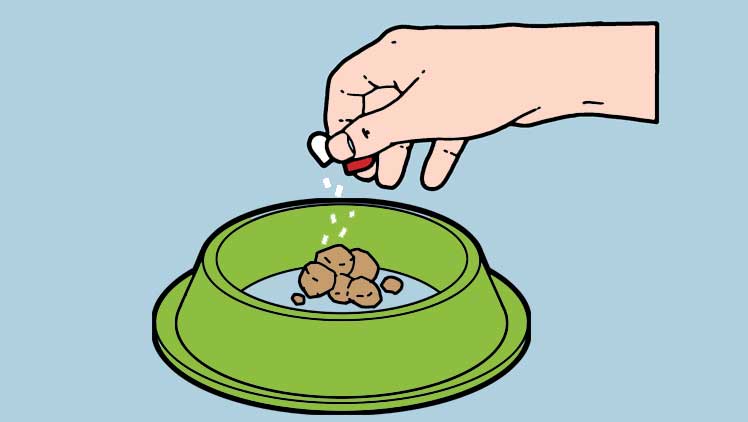
3. Mix it with food
Alternatively, if it is appropriate to add the medicine to your dog’s food, you could try mixing the dose into his meal. To do this, stick to your dog’s usual feeding times and mix the tablet or liquid medicine with a small amount of his favourite wet food or a strong-flavoured treat – making sure to stir it well and place it in a familiar feeding bowl. By mixing the medicine with only a small amount of food, you’ll ensure that your dog will eat the entire portion and gets his full dose.
Once it’s mixed, Brian suggests waiting a few minutes before giving the mixture to your pet to ensure that the flavour has fully soaked into the medicine. ‘This will help to reduce the chance of your dog refusing his food because of the smell of the medicine,’ he says.
Although you may want to watch your dog eat to check that he takes it all in, this could have the opposite effect and might put him off. Instead, let him eat in peace, making sure that he's the only one with access to his food.
Once he's done, check to see that he's cleared the bowl, and remember to remove it so that other pets don't lick up any medicine they're not supposed to. Then keep your dog indoors for the next half an hour, in case he vomits. If he does bring up his food, make sure to consult your vet straight away, as they'll be able to advise you on the next steps to take.
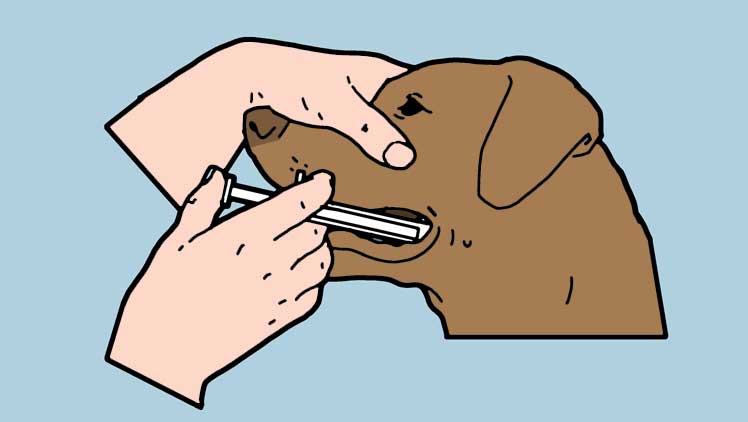
4. Place liquid medicine directly in your dog's mouth
Occasionally your dog might be prescribed a liquid medicine that can't be mixed with his food, and you may need to administer this directly into his mouth - however, you should only do this if your dog is happy to be touched around his mouth. Prepare ahead by having the right dosage ready in the syringe - Brian recommends practising beforehand with a dose of plain water, so that you know exactly what you're doing and your dog knows what to expect. You can follow these steps:
Make sure your dog is comfortable, and give him lots of praise and attention to help ensure he forms positive associations with the experience.
Pop your finger inside your dog's cheek, avoiding his teeth, at the corner of his lips, making sure that his head stays in its normal position. This will create a pocket in the corner of his mouth, allowing you to slide the syringe in alongside his jaw without having to force his teeth apart. Don't allow your dog's head to tilt up at this stage as it can result in the liquid being inhaled.
Gently release the liquid, giving your dog time to swallow. You may need to keep his mouth closed by gently holding his muzzle from above.
Once you've given your dog the full dose of medicine, give him lots of praise and - if appropriate - a treat.
Brian recommends that owners never place their fingers directly between their dog’s jaws. ‘Whether you’re giving liquid medicine or administering a tablet that can’t be mixed with food, don’t ever place your hands between your pet’s jaws,’ he says. ‘The risk of being nipped by your pet’s sharp teeth is too high in this case, so don’t be afraid to ask your vet for an alternative way to administer such a treatment.’
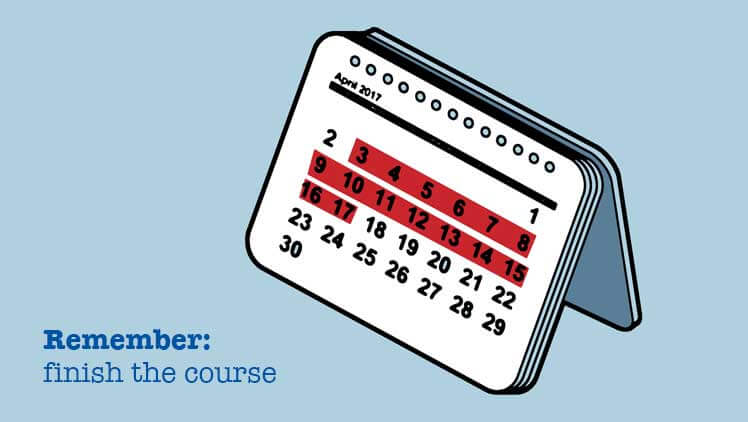
5. Always finish the course
'With antibiotics, your pet will need to finish the full course of medicine to kill all the bacteria that are causing an infection,' Brian says. 'This will ensure that no bacteria remain, as any that are left alive could thrive and make your dog even more poorly.'
If your pet is refusing to take medicine in any form, speak to your vet about alternative treatments. They'll be able to advise on different ways to help get your dog back to health, so it's vital not to give up.
